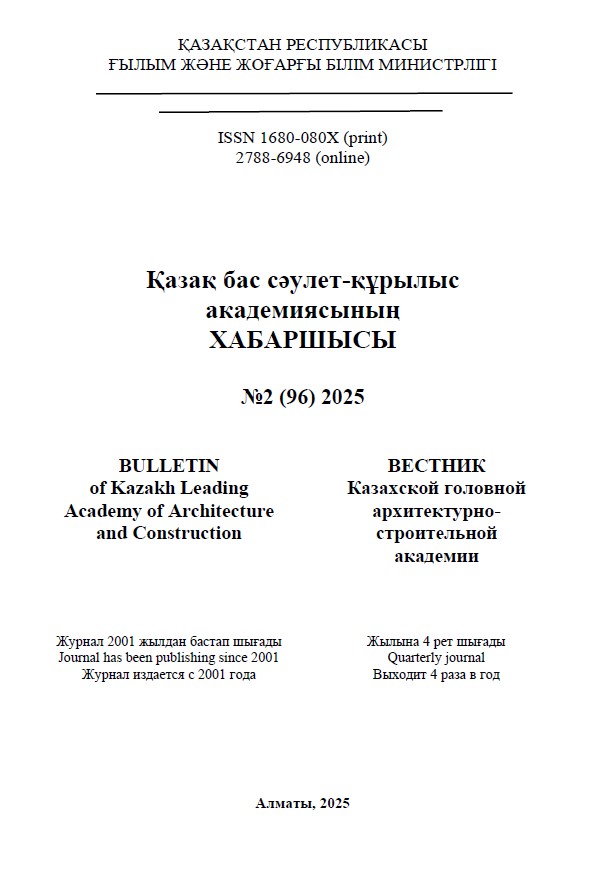Abstract
A mathematical model of heat transfer in an innovative external building enclosure, comprising both ventilated and non-ventilated air layers, has been developed in this study. The structural complexity of the considered system necessitates the simultaneous consideration of all three modes of heat transfer: thermal conductivity (conductive transfer), convection, and thermal radiation. The model incorporates boundary conditions on both the interior and exterior surfaces of the enclosure, allowing for the influence of climatic factors and building operation conditions to be taken into account. For the conductive heat transfer, the thermal characteristics of the enclosure layers are assigned based on the physical and mechanical properties of the construction materials. For the layer consisting of a fully enclosed air gap, the model uses the equivalent thermal conductivity value that accounts for heat transfer in a stationary gas medium. In the case of the ventilated air layer, the energy equation is applied to describe the heat exchange processes involving moving air, including the interaction between the airflow and bounding surfaces. As a result, a mathematical model in the form of a system of heat transfer equations adapted to the multilayer structure of the enclosure has been constructed, accompanied by the appropriate boundary conditions. This enables accurate simulation of temperature fields and heat flows depending on the parameters of the construction and the external environment. The developed model can be used in engineering calculations for design tasks, thermal optimization, energy audits, and evaluation of the efficiency of various enclosure systems. Furthermore, the model can be integrated into building information modeling (BIM) software and used in energy efficiency certification systems. The presented results contribute to improving approaches to analyzing the thermal behavior of building structures and to the development of sustainable construction principles.


